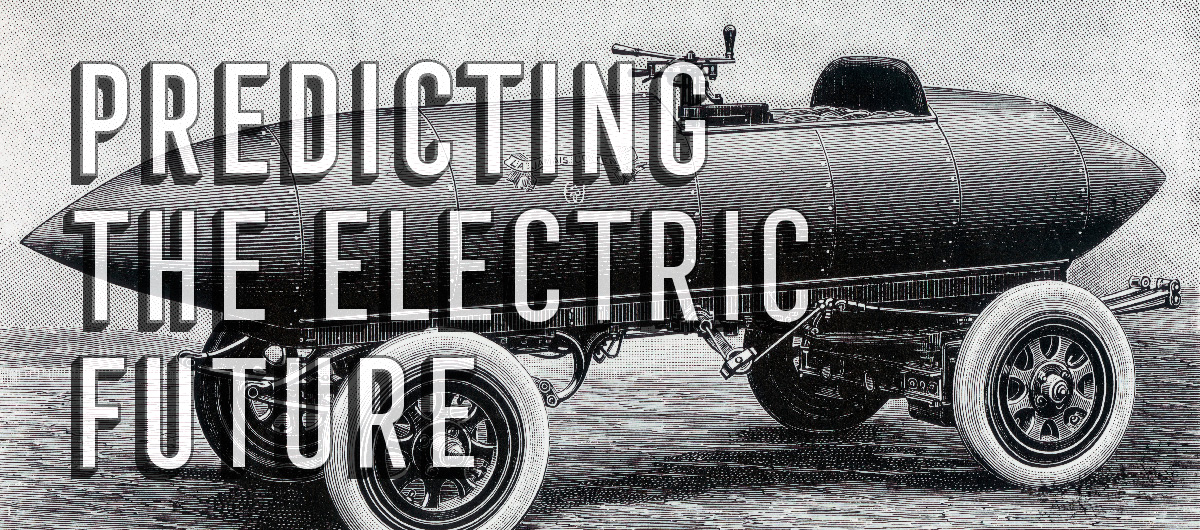
Sci-Fi predictions about EVs; did they get it right?
From the surveillance state to 3D-printed organs, it sometimes feels as if we are already living in the future science-fiction writers once imagined. But what did sci-fi have to say about the future of transportation — and how accurate were those predictions? What do today’s futurists think is in store for the next 50 years?
Electric-powered vehicles were invented in the 1830s, much earlier than most people imagine. By 1900, 28 percent of the 4,192 cars produced in the United States were powered by electricity. Soon after, though, the gas-powered Model T came along and — for a time — the idea of electric cars was mostly relegated to sci-fi novels and movies.
The 1930 movie Just Imagine envisioned 1980 with sky highways, complete with aerial stop signs. In 1985, Back to the Future II gave the 2015 version of Marty McFly a hoverboard. John Brunner’s 1968 book Stand on Zanzibar predicted a 2010 filled with cars powered by rechargeable electric fuel cells, along with satellite television and laser printers. (In the book, the United States is led by President Obama, the European Union exists and marijuana is decriminalized, among other uncanny prophecies.)
John Brunner’s 1968 book Stand on Zanzibar predicted a 2010 filled with cars powered by rechargeable electric fuel cells, along with satellite television and laser printers.
The 1888 story An Express of the Future imagines people riding at superspeed in air-driven tubes, an idea remarkably similar to Elon Musk’s hyperloop concept. In the 1990 movie Total Recall, taxis are driven by a humanoid robot, not too far a departure from autonomous vehicles. But not every prediction is spot on; the flying cars predicted in dozens of books and movies have yet to materialize.
Many science-fiction writers spend considerable time researching the latest scientific advancements and emerging technologies. Futuristic predictions rooted in the reality of the time have generally proved more accurate. Forward-thinking companies including Google and Apple have even hired science fiction writers to conduct lecture series for employees and meet with research departments.
So, what do today’s science-fiction writers see for the future of transportation? Author Elizabeth Bear sees less need for personal ownership of “stuff” as a solution for a post-scarcity economy. This could manifest in an explosion of sharing networks, from cars and bikes to clothes and tools. Ken Liu thinks automation will transform the transportation industry but believes the trucking industry will transition before personal vehicles.
He believes fleet owners will become the primary influencers of car design and EV range will exceed 1,000 miles per charge by 2027.
Futurist Thomas Frey is also behind automation and thinks — based on increased usage — each driverless electric car will replace 30 traditional cars. He also believed fleet owners will become the primary influencers of car design and EV range will exceed 1,000 miles per charge by 2027. (He actually has quite a few predictions — 25 to be exact— about the impact of autonomous EVs.)
Researchers at the International Monetary Fund and Georgetown University recently presented another prediction based on the quick demise of the horse and buggy in the early 1900s: more than 90 percent of passenger vehicles in the U.S., Canada, Europe and other rich countries could be electric by 2040.
As for those flying cars? We’re still waiting.
